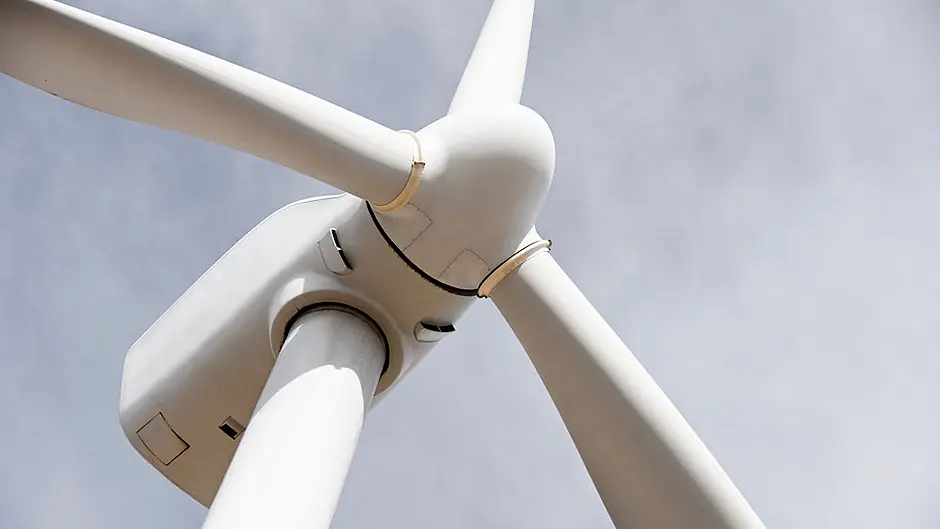A RECENT public meeting about a proposed windfarm development failed to address community concerns, according to one of the objectors.
Kristin Laubach, who is opposed to the development of a windfarm at Gortloughra, on the side of the Shehy Mountain, claimed ‘generic, unspecific information provided failed to address any concerns and questions raised by local residents.’
She said there are already two windfarms in the area – at Shehymore and Carrigarierk – and that a third would ‘ruin the only flank that is still free’ of turbines.
Ms Laubach was referring to the R585 scenic route leading to the Cousane Gap and she was adamant that ‘if this goes ahead, all that will be seen on the Bantry line is a long line of windmills’.
Ms Laubach said the two existing windfarms were ‘unsuccessfully fought in court’ and, on this occasion, locals would submit observations to An Bord Pleanála to try and prevent it going ahead.
A spokesperson for this particular development, EMPower, which is based in Dublin, confirmed its plans to develop a windfarm with nine turbines up to height of 185m.
As part of its plans to engage with the community, EMPower organised a face-to-face consultation event at the Parkway Hotel in Dunmanway.
According to Ms Laubach, ‘EMPower displayed the same maps of the location of the turbines’, but there was no new detailed information about cable routes and grid connection available.
She said despite questions of concerned residents about proximity and visual impact, no photo montages of the turbines were provided.
However, a spokesperson for the company said that members of senior management, project design and project management teams were available to engage at the event. He estimated that 30 people attended the event and spoke with the project team on several different aspects of the proposed development.
‘We provided information and took feedback on the project community fund, local water supply, landscape and visual impact, local flora and fauna, the environmental impact assessment (EIA) as well as more specific individual concerns,’ he said.
‘We took the opportunity to provide greater detail on the work we have completed to date, the potential impacts locally and the mitigation measures we have proposed in order to reduce any potential impact to an acceptable level.’








